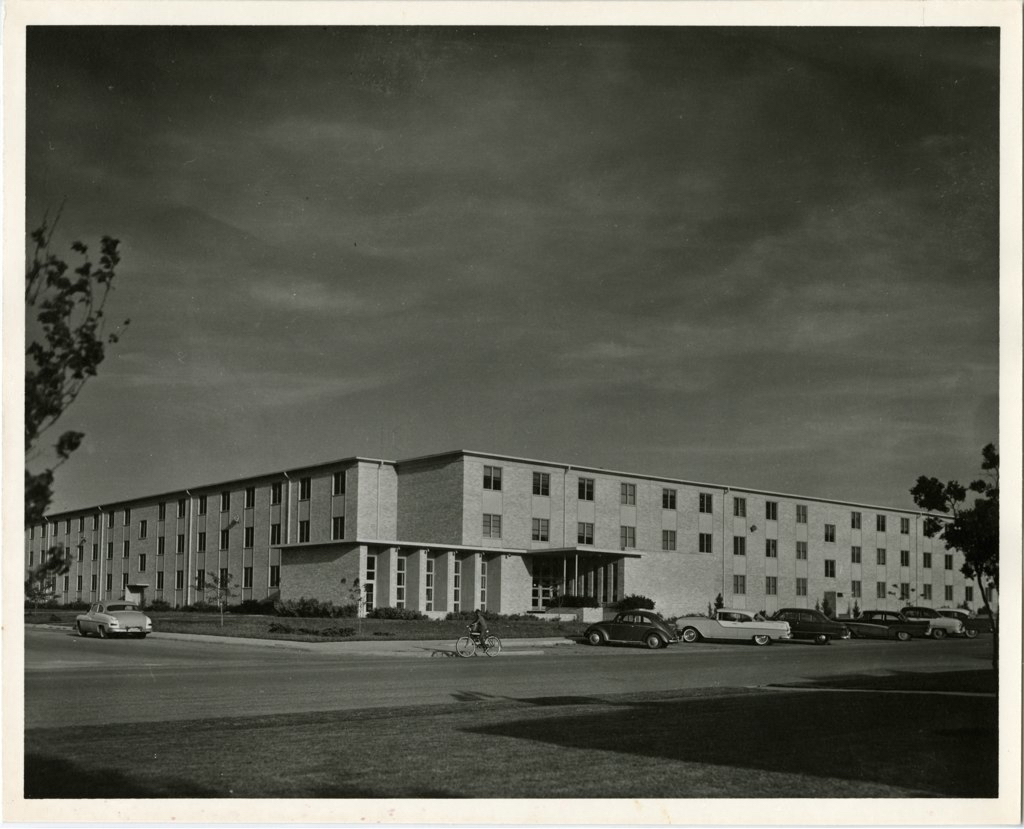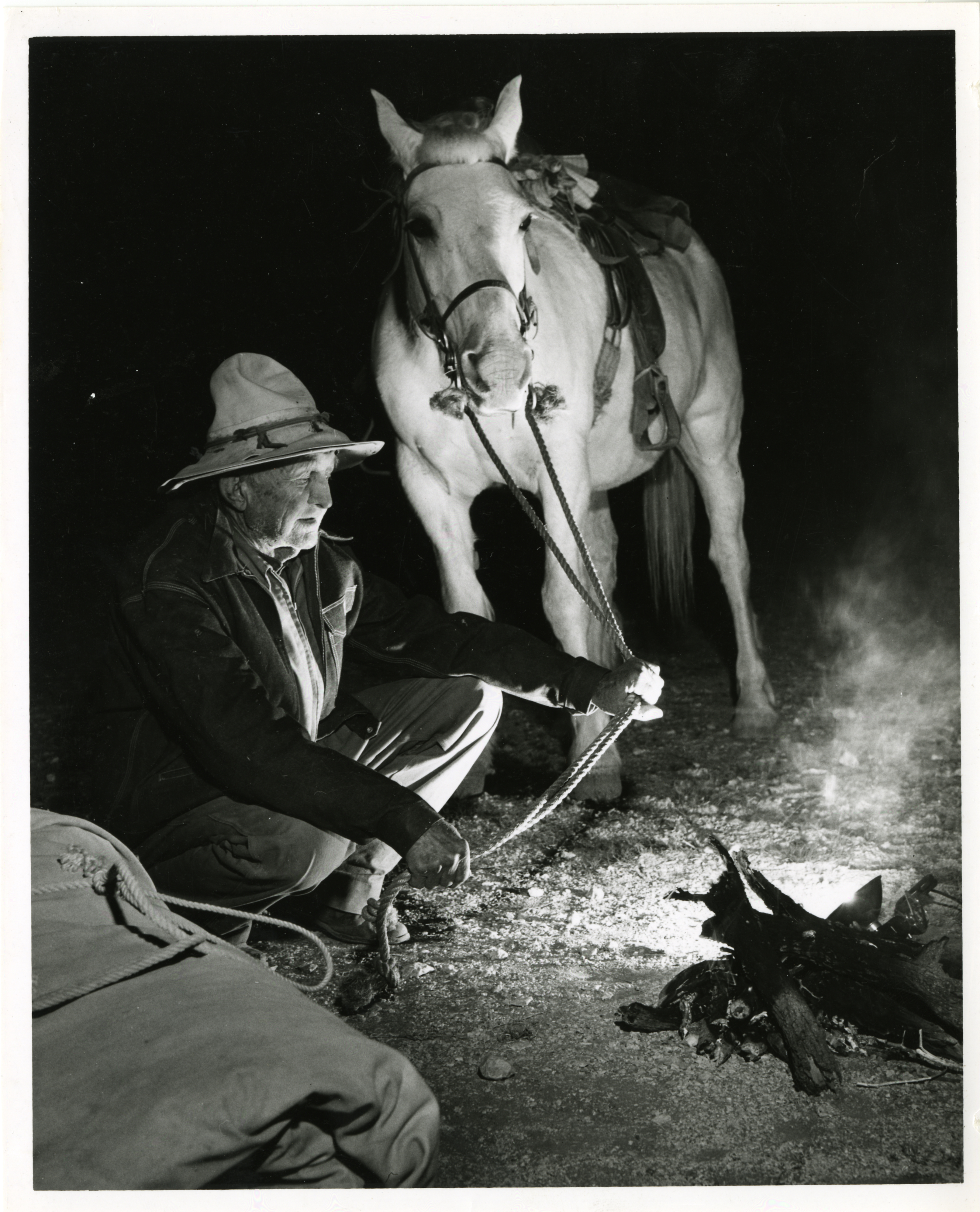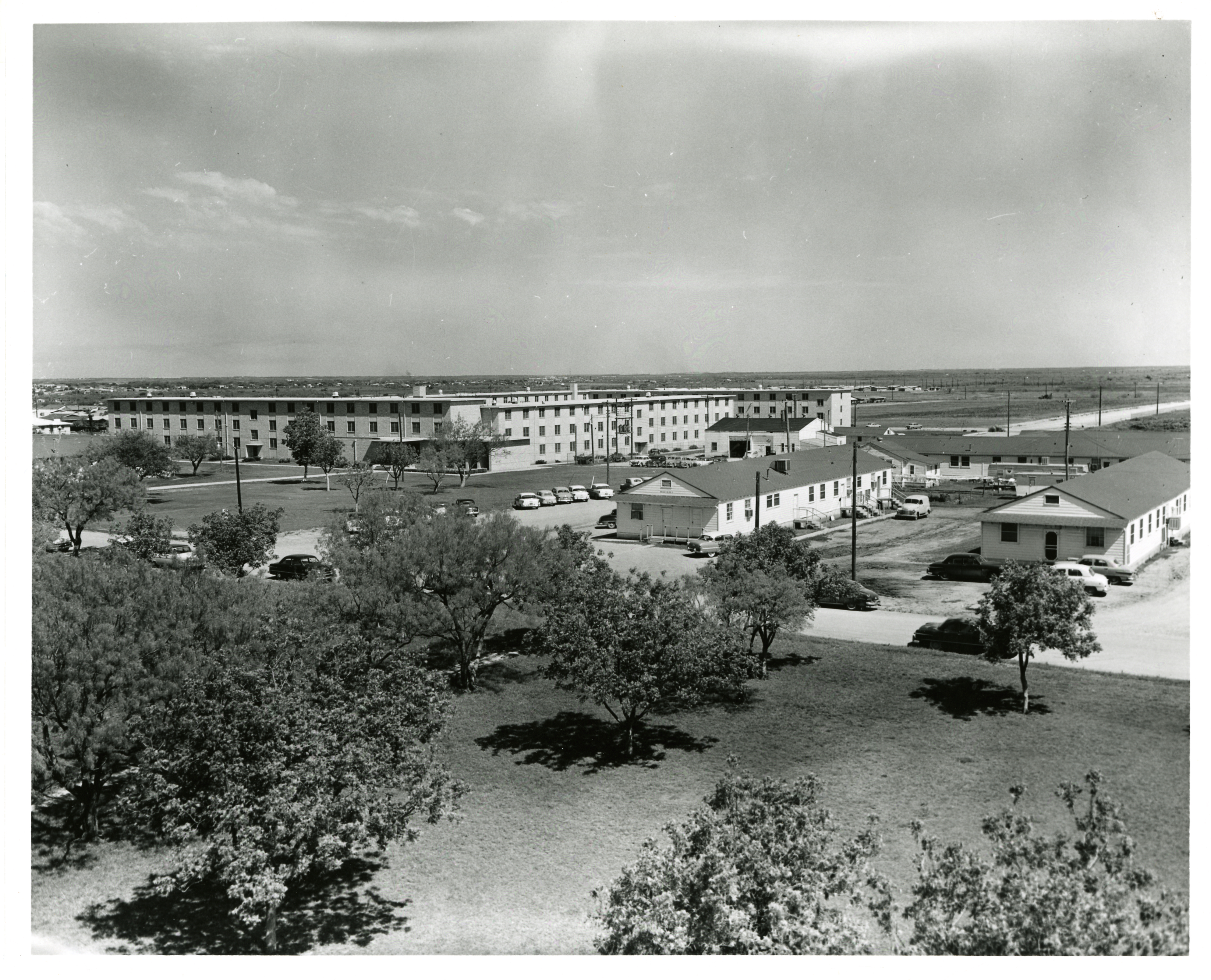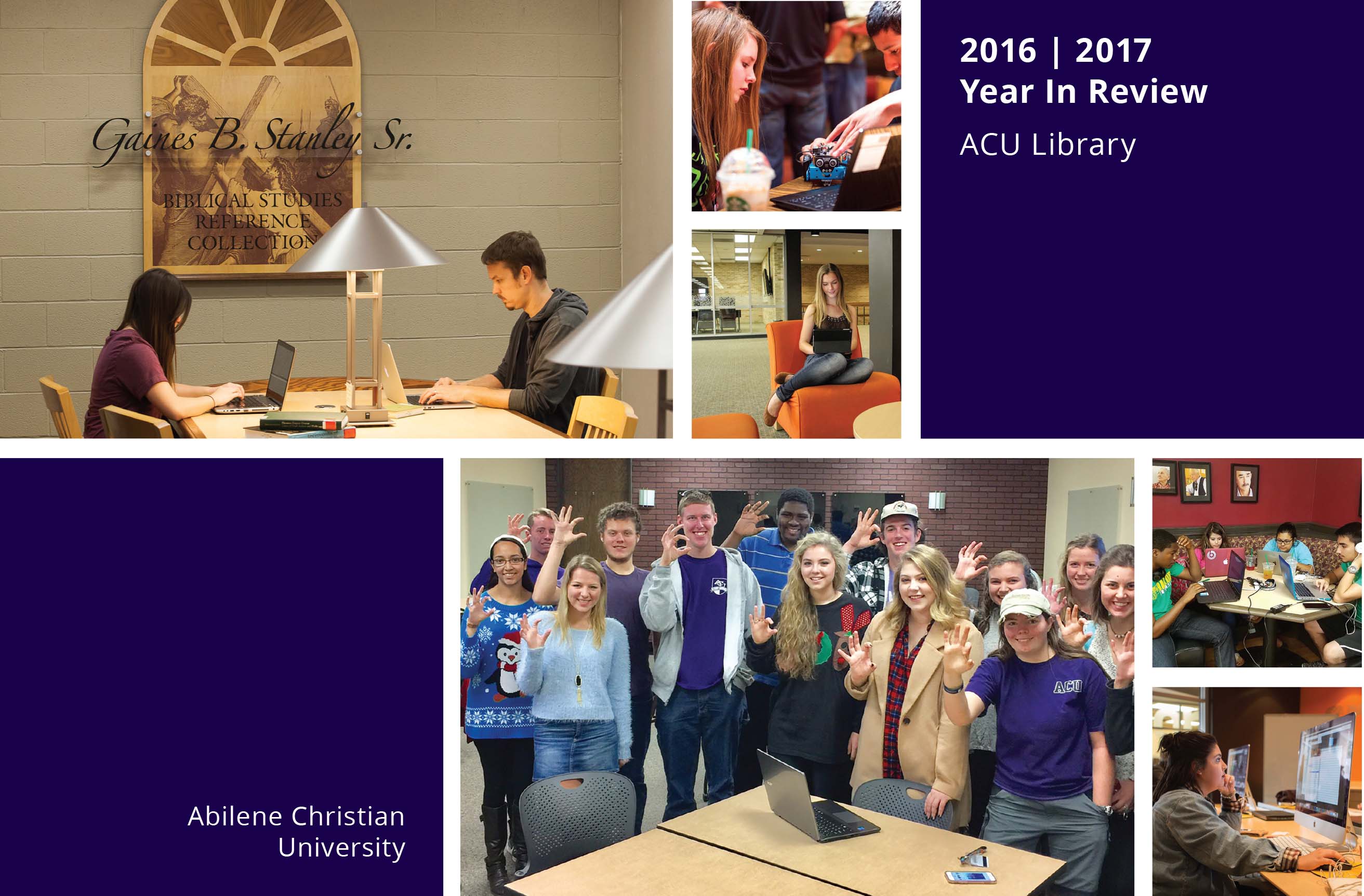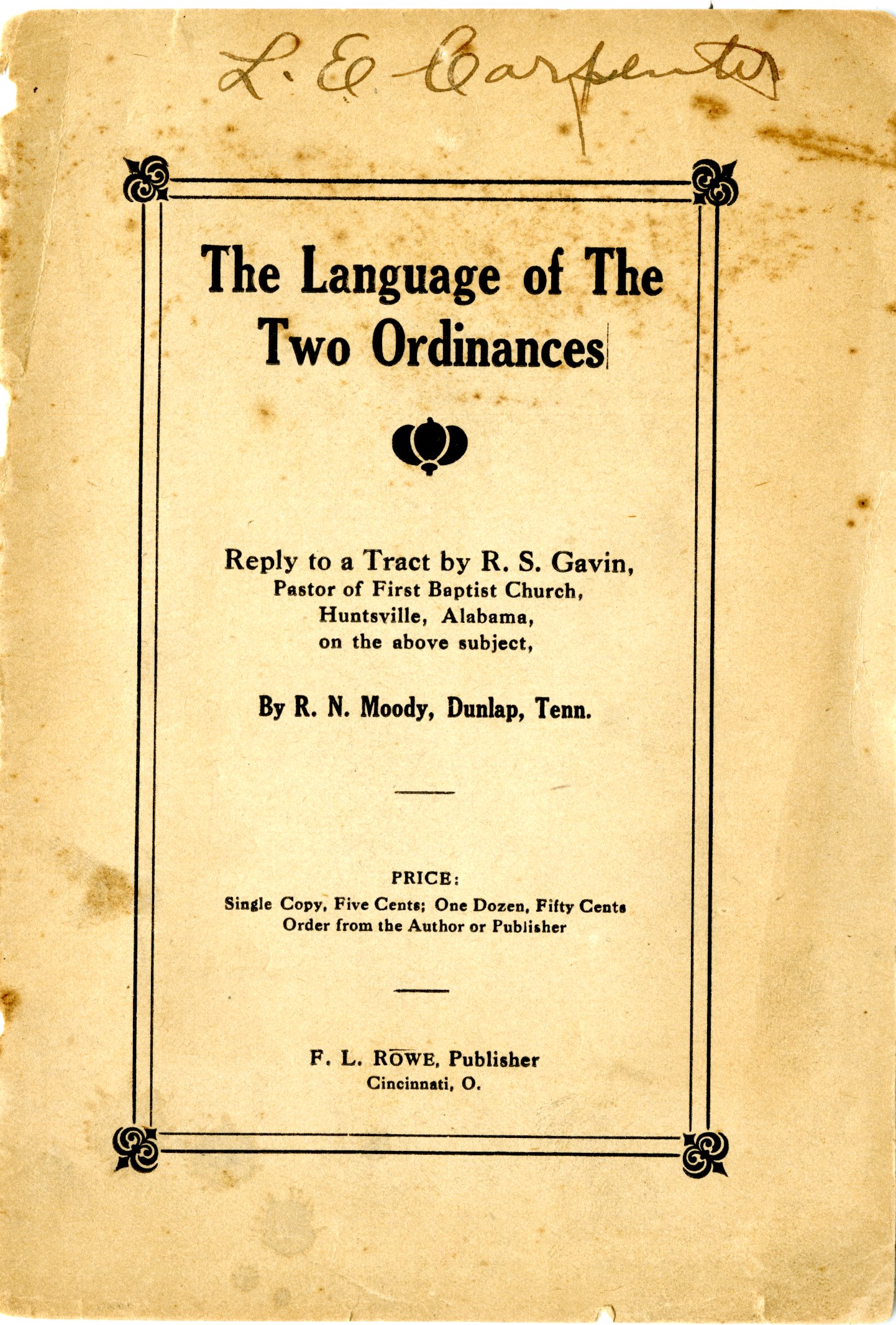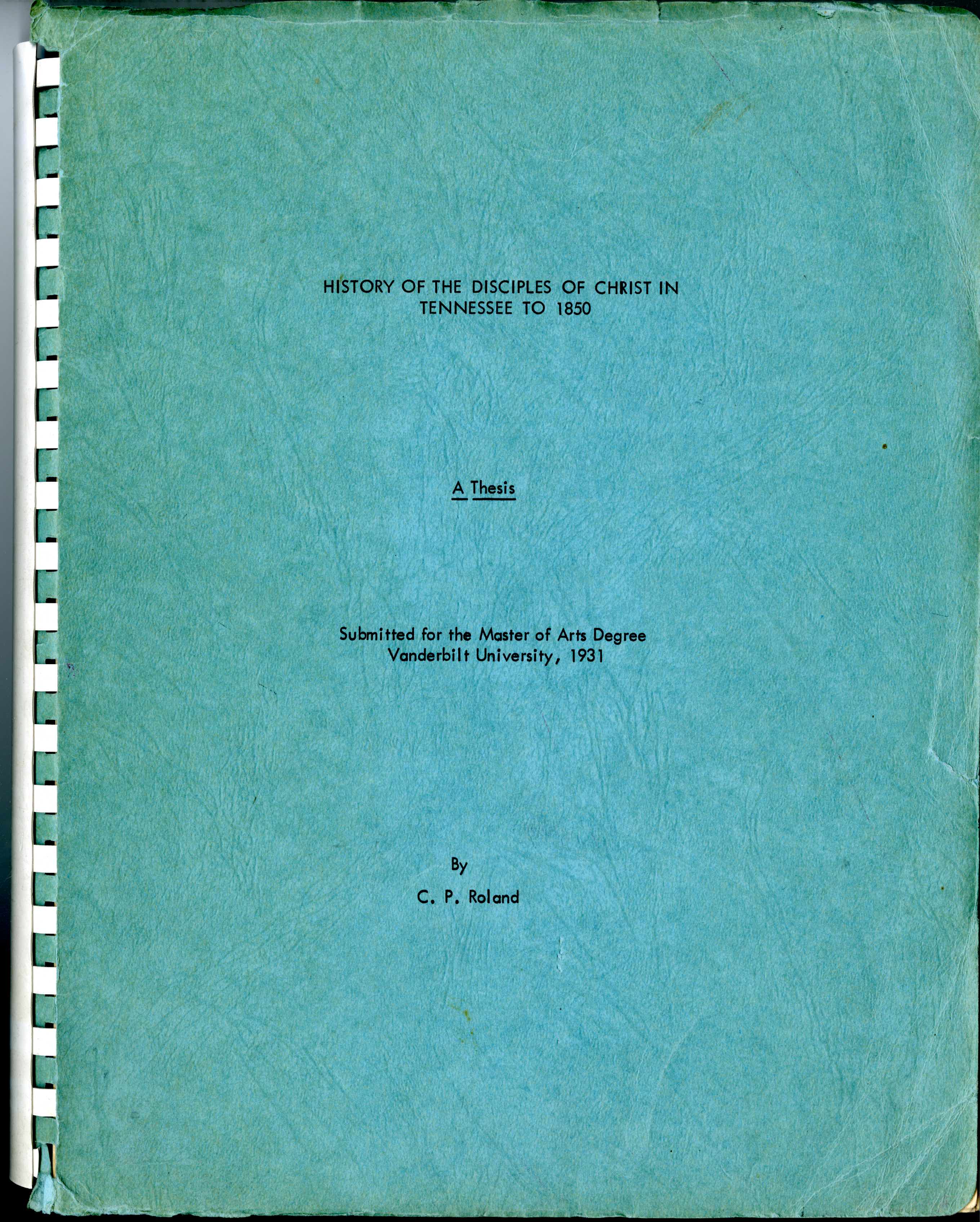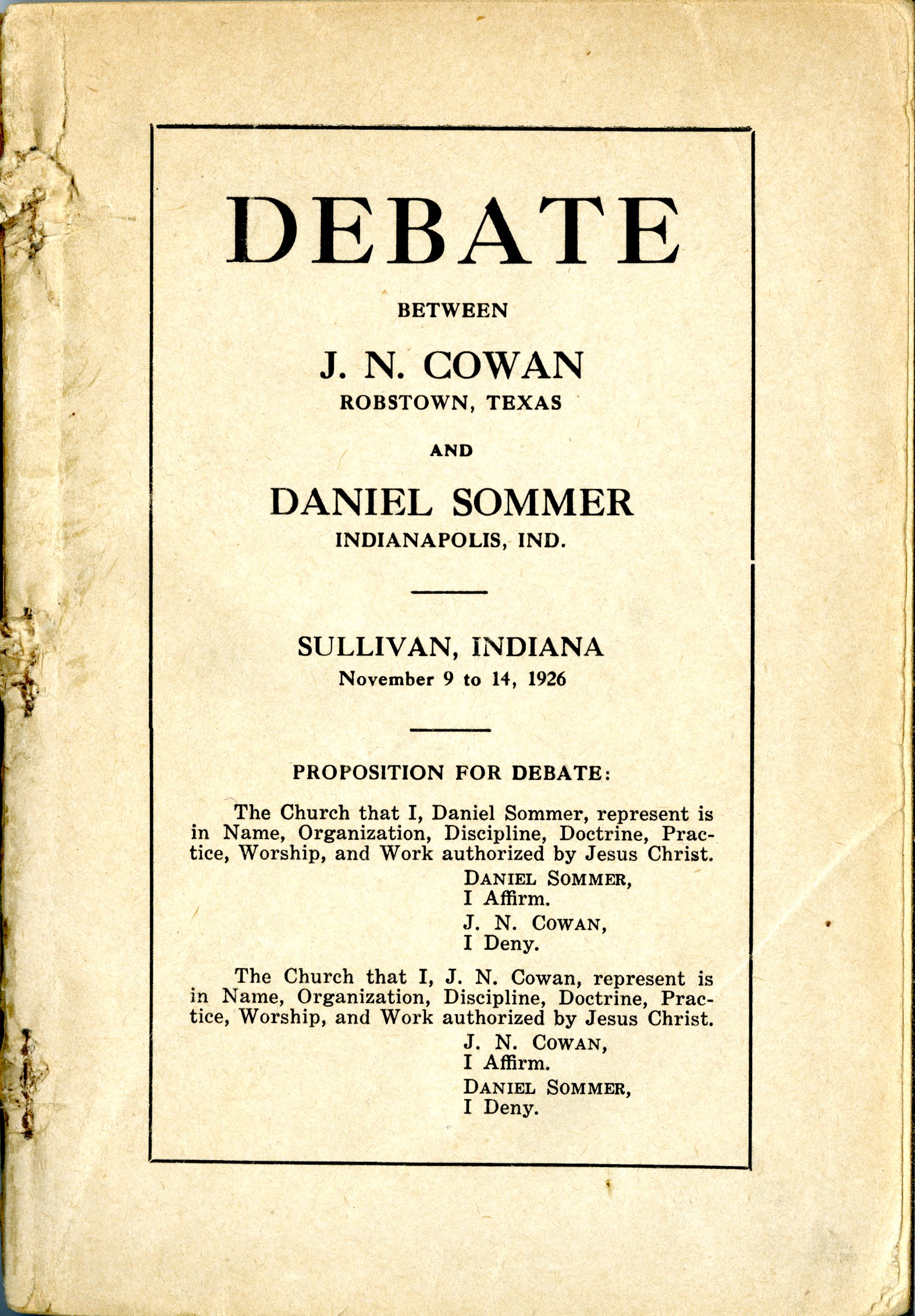Jackson Hager is a senior history major from Austin, Texas who hopes to go on to graduate school for public history or archival studies. Jackson has been a student worker in Special Collections for several years and joins us as a guest blogger today as we continue our series on dormitories throughout the years at ACU.
For many young men following in the footsteps of their fathers by attending ACU, spending their first two years on campus in the same dorms where their fathers lived has become somewhat of a tradition on campus. I followed in that tradition with my father, uncles, and cousins. Ever since its founding in 1955, Edwards Hall has remained a place of memories and stories for the generations of young men who have dwelled within its walls.
Before 1955, young male students had few options for places to live on campus. Before the university’s move to today’s location in 1927, men could find local houses or apartments to live in while students. In the 1930’s McDonald Hall was built to house the growing number of young men. In the later years, married men were able to take up residence in the Hutments, north of McKinzie Hall. In 1952 Mabee Hall was constructed. And finally, in 1955, Edwards Hall was constructed, thanks in part to the donations of land and money from famed Texas rancher William Edwards.
The construction of Edwards Hall was a part of a larger burst of expansion on Abilene Christian College’s campus, which included Catching Cafeteria, Nelson Hall for women, and the much beloved Bible Building. The quality of the facilities were well-known with spacious rooms, beautiful outdoor areas to grill, and according to 1979-1980 ACU Catalog, air-conditioning. All these features lead to cost of living in Edwards Hall for the 1979-1980 school year to be $209. Mabee, on the other hand, only cost $189 due to the lack of air conditioning. Despite all the changes that have come to the campus of Abilene Christian University, life in Edwards Hall remains relatively the same. Young men study, laugh, pull pranks, grow together spiritually, and continue to contribute to the wonderful culture that exists here on campus. Edwards Hall may seem like only a building, but it is so much more that. It has a place where ACU history is made, and where friendships are formed for a lifetime.

